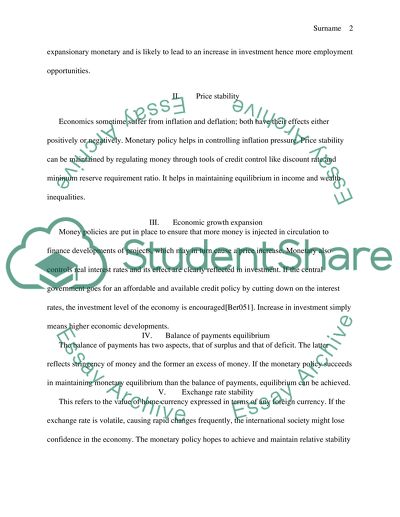Cite this document
(“INFLATION TARGETING AS A STRATEGY FOR THE CONDUCT OF MONETARY POLICY Research Paper”, n.d.)
INFLATION TARGETING AS A STRATEGY FOR THE CONDUCT OF MONETARY POLICY Research Paper. Retrieved from https://studentshare.org/macro-microeconomics/1472247-inflation-targeting-as-a-strategy-for-the-conduct
INFLATION TARGETING AS A STRATEGY FOR THE CONDUCT OF MONETARY POLICY Research Paper. Retrieved from https://studentshare.org/macro-microeconomics/1472247-inflation-targeting-as-a-strategy-for-the-conduct
(INFLATION TARGETING AS A STRATEGY FOR THE CONDUCT OF MONETARY POLICY Research Paper)
INFLATION TARGETING AS A STRATEGY FOR THE CONDUCT OF MONETARY POLICY Research Paper. https://studentshare.org/macro-microeconomics/1472247-inflation-targeting-as-a-strategy-for-the-conduct.
INFLATION TARGETING AS A STRATEGY FOR THE CONDUCT OF MONETARY POLICY Research Paper. https://studentshare.org/macro-microeconomics/1472247-inflation-targeting-as-a-strategy-for-the-conduct.
“INFLATION TARGETING AS A STRATEGY FOR THE CONDUCT OF MONETARY POLICY Research Paper”, n.d. https://studentshare.org/macro-microeconomics/1472247-inflation-targeting-as-a-strategy-for-the-conduct.


